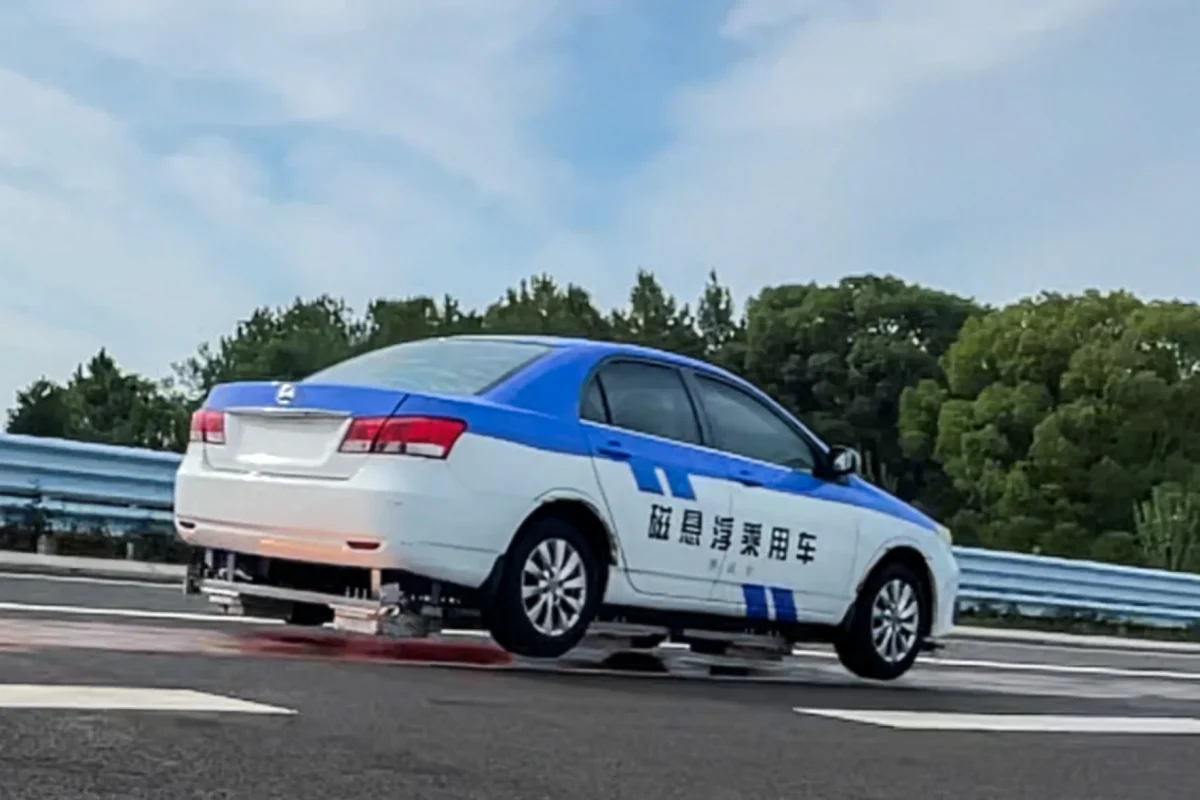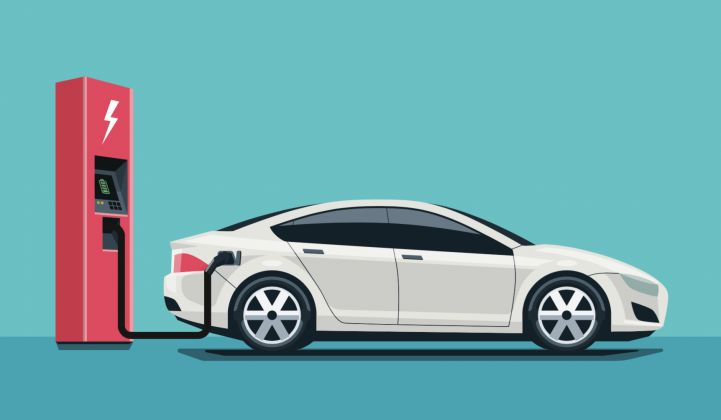A magnetic levitation (maglev) car was successfully tested on a highway in East China’s Jiangsu province, China Daily said on Sunday. The test was carried out with a 2.8-tonne car floating 35 millimeters above the ground and moving smoothly without tilting or crashing.
Checking Highway Design and Safety Steps
On the same day, a second road test happened where the cars reached speeds of 124 mph (200 km/h). Eight vehicles were tested altogether on a 4.9-mile (7.9-kilometer) stretch of highway, with top speeds getting close to 142 mph (230 km/h). Provincial transport officials managed both tests to check out road design and safety features for real-world fast driving.
The maglev car started as a regular vehicle but was changed up in a project by Southwest Jiaotong University in Chengdu. They added permanent magnet arrays to make it float, along with a few other tweaks. The road also got a special conductor rail that gives the car its levitation power. Professor Deng Zigang from the university said he hopes this tech could cut down on energy use and let cars drive farther. China might even build a special lane just for maglev cars, which could make traffic flow even better.
A leader in experimental maglev technology
China appears to be the world leader in maglev technology, unveiling all sorts of maglev trains. In 2018, they were allegedly testing a super maglev train that would travel at 621 mph (1,000 kph). Then in June 2021, they announced a new record-breaking maglev train on a 165-meter test track. Just a month later, in July 2021, China revealed another maglev train at 372 mph (600 kph), the fastest on land at the time. But that’s not the end of it—they unveiled the world’s first permanent magnet suspended maglev line last August. The engineers said that this “sky train” would be able to float forever, even without power. It’s called the Red Rail, an 800-meter test track in Xingguo county, Jiangxi province, southern China. It suspends a train with 88 passengers with powerful magnets by pushing the rail away. Unlike most maglevs, this one floats 10 meters above ground with no touching and still travels 50 mph (80 kph). It’s also extremely efficient—using very little electricity because there is no friction and costing about one-tenth of a subway system to build. With China constantly coming up with new uses of maglev technology, it’s exciting to see what they do next!
RELATED STORIES:
https://www.chinadaily.com.cn/a/202209/11/WS631d1e16a310fd2b29e7709a.html
https://www.the-independent.com/tech/maglev-car-china-test-video-b2165434.html
https://whychinese.co.za/2022/10/04/china-tests-first-flying-car/
https://www.theregister.com/2022/09/13/china_maglev_car_tests/
https://www.techspot.com/news/95951-magnetic-levitation-maglev-car-tests-reach-140mph.html
https://www.motor1.com/news/610621/china-tests-flying-car-that-hovers-using-magnets/
TAKE ACTION:
https://www.youtube.com/@ChinaViewTV






